Contents
Preface to the second and third editions
Preface to the first edition
About the Author
1
Introduction
1.1 What is analysis?
1.2 Why do analysis?
2
Starting at the beginning: the natural numbers
2.1 The Peano axioms
2.2 Addition
2.3 Multiplication
3
Set theory
3.1 Fundamentals
3.2 Russell’s paradox (Optional)
3.3 Functions
3.4 Images and inverse images
3.5 Cartesian products
3.6 Cardinality of sets
4
Integers and rationals
4.1 The integers
4.2 The rationals
4.3 Absolute value and exponentiation
4.4 Gaps in the rational numbers
5
The real numbers
5.1 Cauchy sequences
5.2 Equivalent Cauchy sequences
5.3 The construction of the real numbers
5.4 Ordering the reals
5.5 The least upper bound property
5.6 Real exponentiation, part I
6
Limits of sequences
6.1 Convergence and limit laws
6.2 The Extended real number system
6.3 Suprema and Infima of sequences
6.4 Limsup, Liminf, and limit points
6.5 Some standard limits
6.6 Subsequences
6.7 Real exponentiation, part II
7
Series
7.1 Finite series
7.2 Infinite series
7.3 Sums of non-negative numbers
7.4 Rearrangement of series
7.5 The root and ratio tests
8
Infinite sets
8.1 Countability
8.2 Summation on infinite sets
8.3 Uncountable sets
8.4 The axiom of choice
8.5 Ordered sets
9
Continuous functions on R
9.1 Subsets of the real line
9.2 The algebra of real-valued functions
9.3 Limiting values of functions
9.4 Continuous functions
9.5 Left and right limits
9.6 The maximum principle
9.7 The intermediate value theorem
9.8 Monotonic functions
9.9 Uniform continuity
9.10 Limits at infinity
10
Differentiation of functions
10.1 Basic definitions
10.2 Local maxima, local minima, and derivatives
10.3 Monotone functions and derivatives
10.4 Inverse functions and derivatives
10.5 L’Hˆopital’s rule
11
The Riemann integral
11.1 Partitions
11.2 Piecewise constant functions
11.3 Upper and lower Riemann integrals
11.4 Basic properties of the Riemann integral
11.5 Riemann integrability of continuous functions
11.6 Riemann integrability of monotone functions
11.7 A non-Riemann integrable function
11.8 The Riemann-Stieltjes integral
11.9 The two fundamental theorems of calculus
11.10 Consequences of the fundamental theorems
A
Appendix: the basics of mathematical logic
A.1 Mathematical statements
A.2 Implication
A.3 The structure of proofs
A.4 Variables and quantifiers
A.5 Nested quantifiers
A.6 Some examples of proofs and quantifiers
A.7 Equality
B
Appendix: the decimal system
B.1 The decimal representation of natural numbers
B.2 The decimal representation of real numbers
Index
Texts and Readings in Mathematics

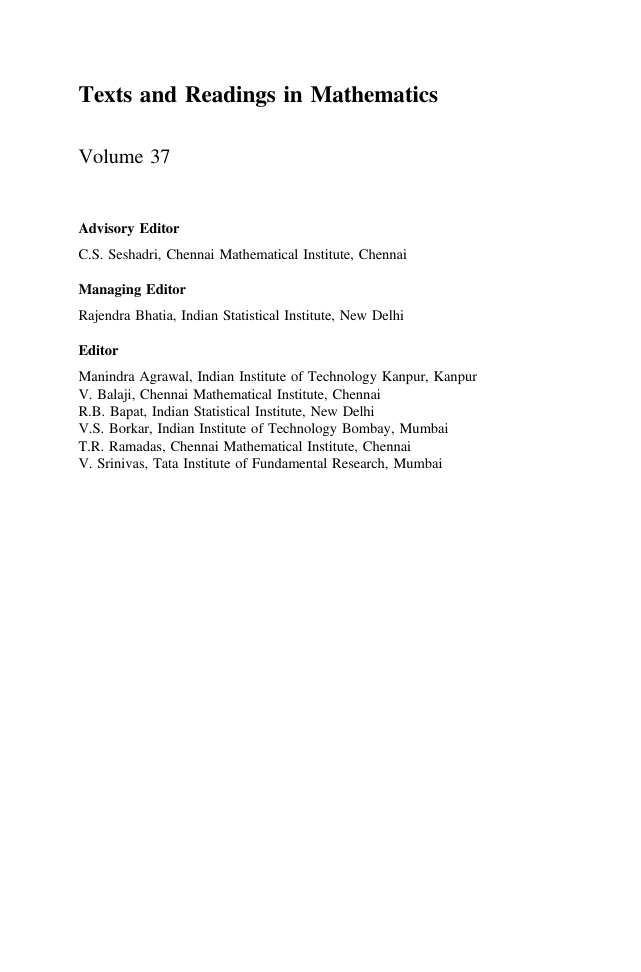
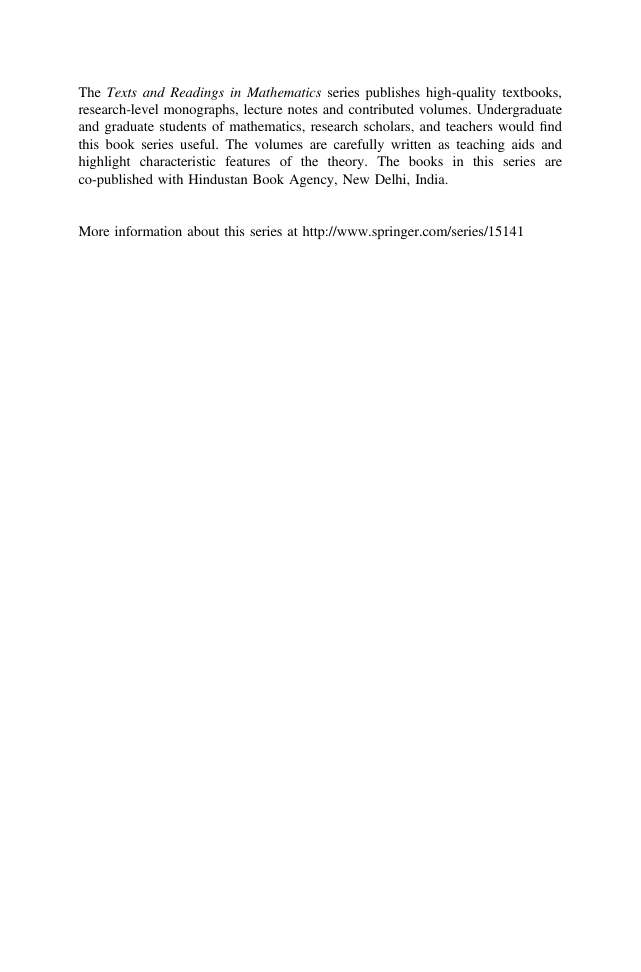
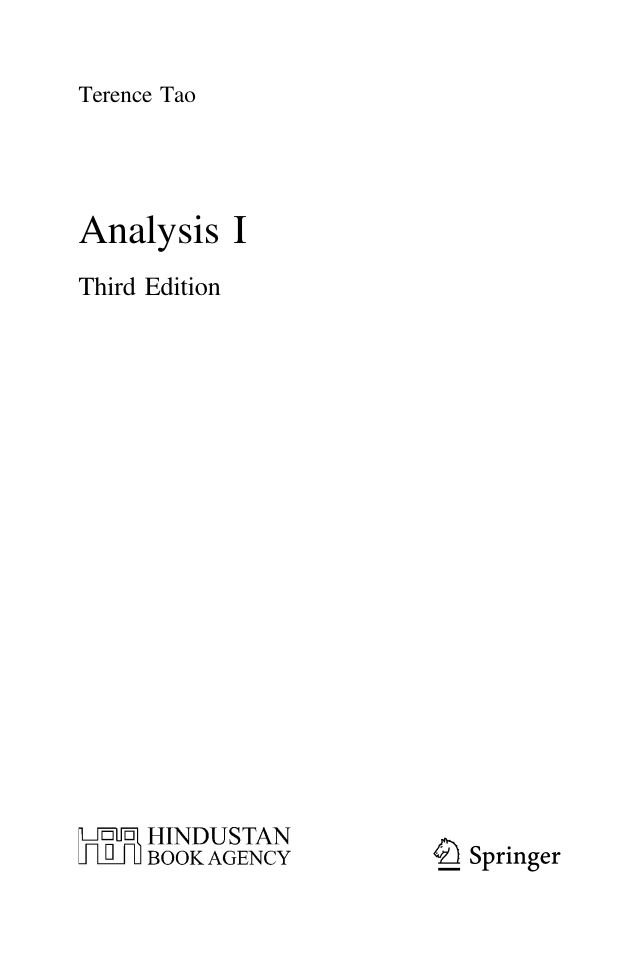


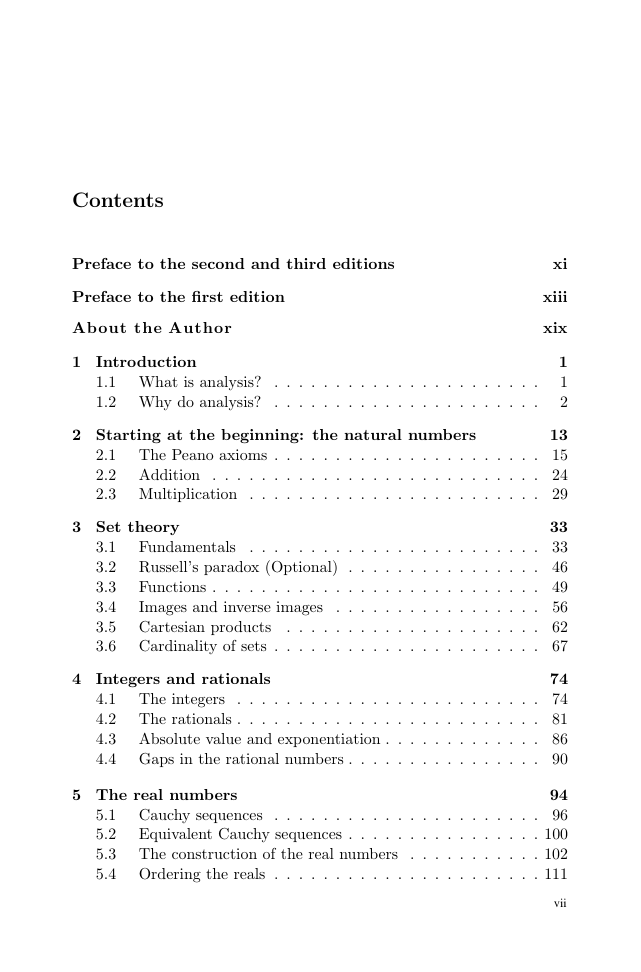
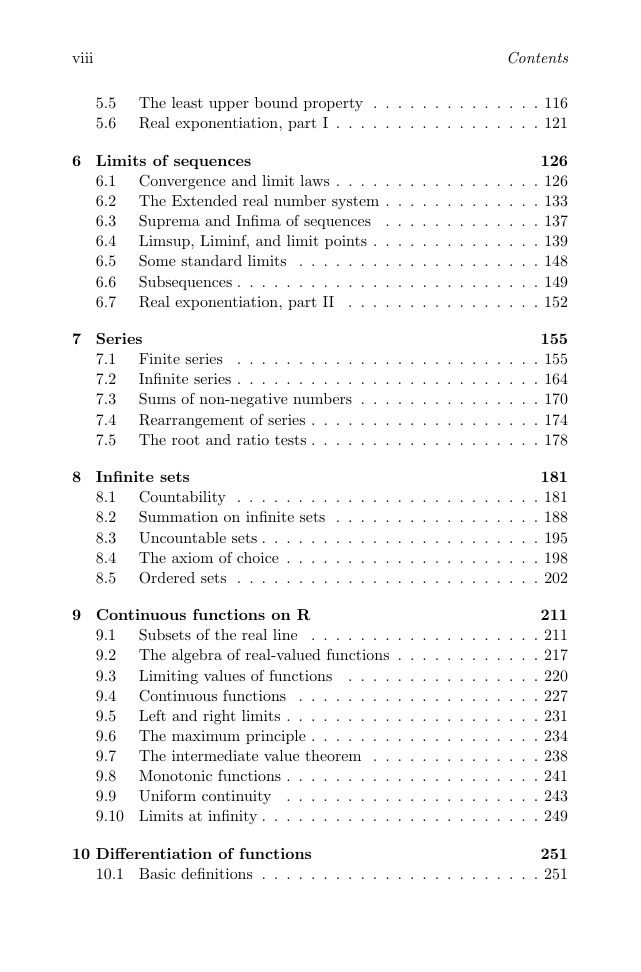








 2023年江西萍乡中考道德与法治真题及答案.doc
2023年江西萍乡中考道德与法治真题及答案.doc 2012年重庆南川中考生物真题及答案.doc
2012年重庆南川中考生物真题及答案.doc 2013年江西师范大学地理学综合及文艺理论基础考研真题.doc
2013年江西师范大学地理学综合及文艺理论基础考研真题.doc 2020年四川甘孜小升初语文真题及答案I卷.doc
2020年四川甘孜小升初语文真题及答案I卷.doc 2020年注册岩土工程师专业基础考试真题及答案.doc
2020年注册岩土工程师专业基础考试真题及答案.doc 2023-2024学年福建省厦门市九年级上学期数学月考试题及答案.doc
2023-2024学年福建省厦门市九年级上学期数学月考试题及答案.doc 2021-2022学年辽宁省沈阳市大东区九年级上学期语文期末试题及答案.doc
2021-2022学年辽宁省沈阳市大东区九年级上学期语文期末试题及答案.doc 2022-2023学年北京东城区初三第一学期物理期末试卷及答案.doc
2022-2023学年北京东城区初三第一学期物理期末试卷及答案.doc 2018上半年江西教师资格初中地理学科知识与教学能力真题及答案.doc
2018上半年江西教师资格初中地理学科知识与教学能力真题及答案.doc 2012年河北国家公务员申论考试真题及答案-省级.doc
2012年河北国家公务员申论考试真题及答案-省级.doc 2020-2021学年江苏省扬州市江都区邵樊片九年级上学期数学第一次质量检测试题及答案.doc
2020-2021学年江苏省扬州市江都区邵樊片九年级上学期数学第一次质量检测试题及答案.doc 2022下半年黑龙江教师资格证中学综合素质真题及答案.doc
2022下半年黑龙江教师资格证中学综合素质真题及答案.doc